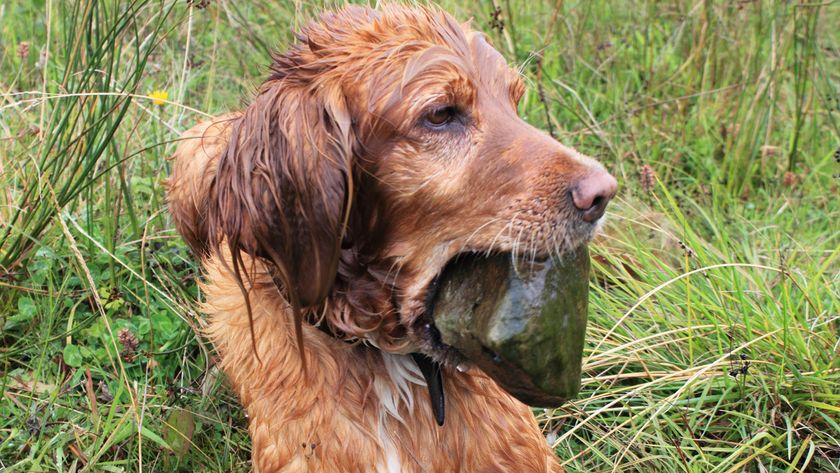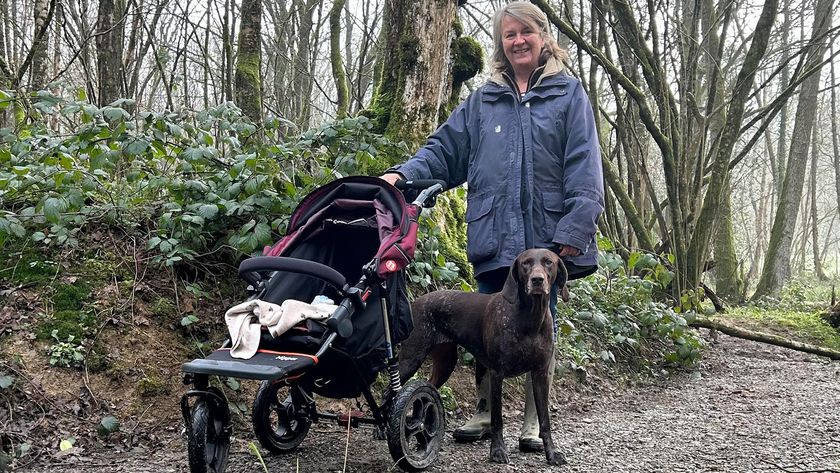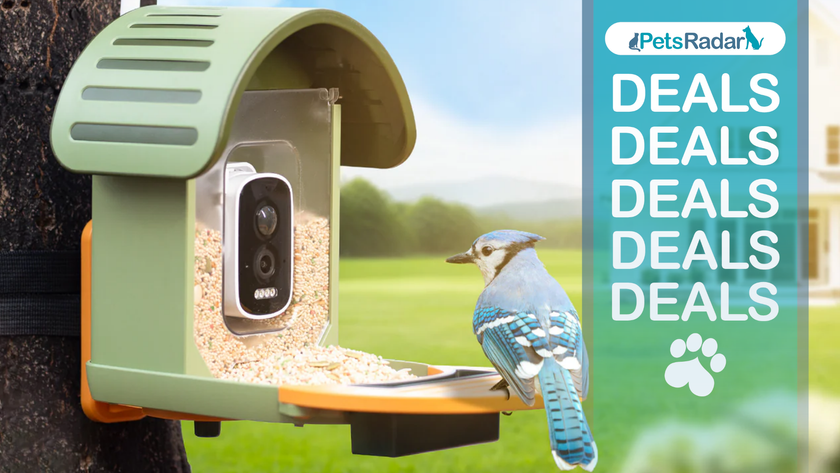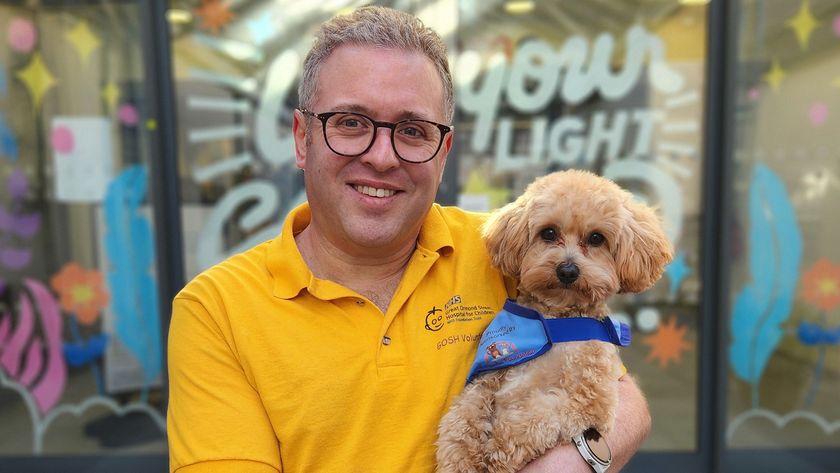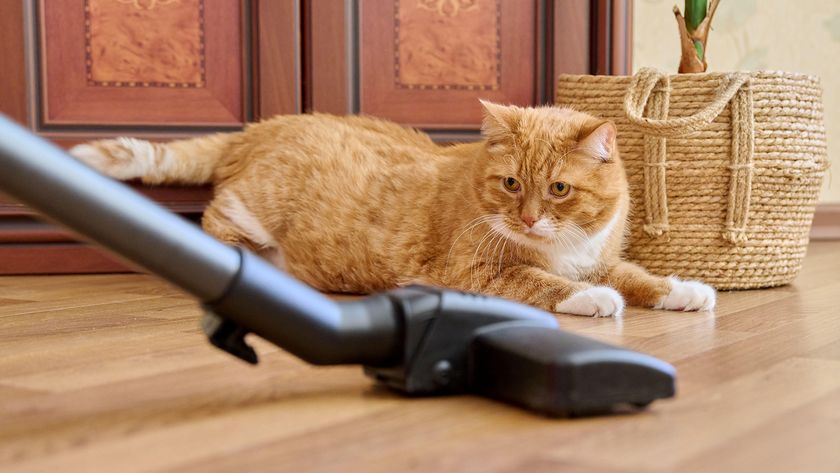Dog not as responsive when out of the house? Try this trainer’s advice
Start at home and gradually get your pup used to responding outside to make playtime more fun for both of you
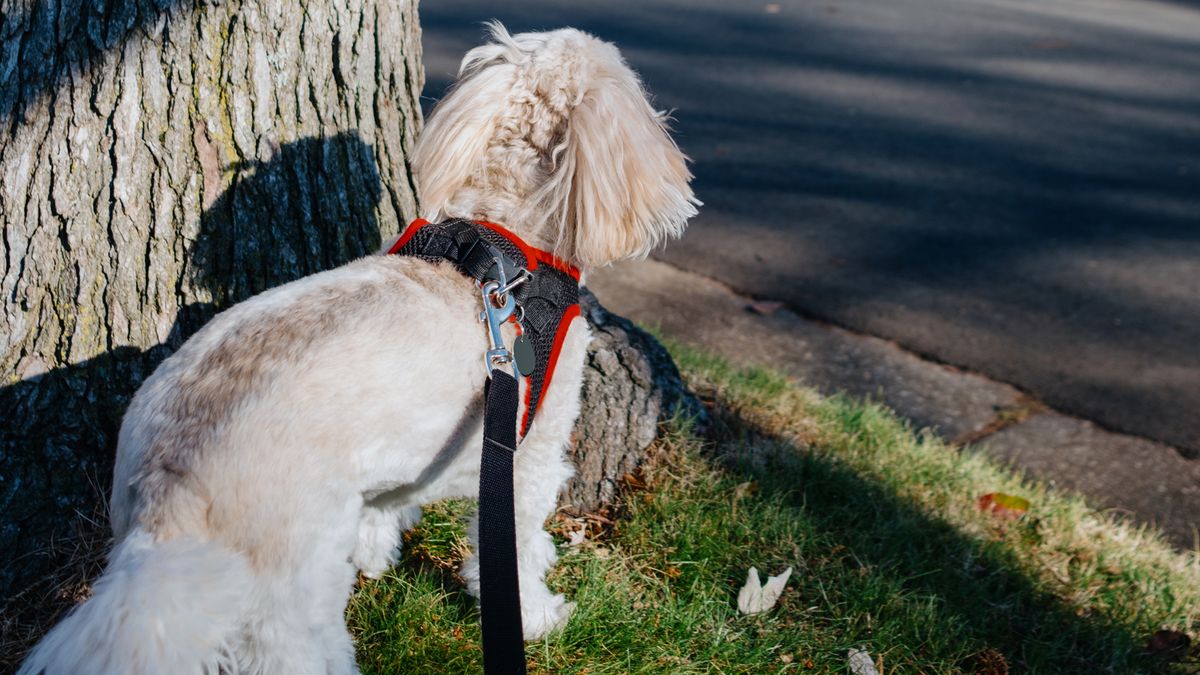
It can be frustrating when your dog will happily respond if you’re at home but isn’t as responsive when you’re outside – even if you’ve brought some of the best dog treats with you. However, it’s not an uncommon problem. After all, there are lots of new and exciting distractions outside, from other dogs and people to unfamiliar noises and smells, and plenty of wildlife to discover too.
But if an unresponsive dog is something you’re struggling with when you’re out of the house, one expert trainer has some advice for you. Expert dog trainer Juliana DeWilliams, Owner and Head Trainer at JW Dog Training, has taken to Instagram in a recent post, putting her experience to great use to show us just what to do.
A post shared by JW Dog Training & Behavior Consulting (@jwdogtraining)
A photo posted by on
In a video, in which she’s seen walking with a small dog at her feet, DeWilliams begins by getting some of the pup’s favorite treats. “Start training inside in a low-distraction environment,” she explains, “This is the best place to teach new skills or brush up on old ones”.
While we do have 15 helpful ways to get your dog to come back to you on off leash walks, DeWilliams goes on to say that you should gradually generalize the skills you teach your pup inside to more distracting environments — maybe keep that leash on for a little while yet. Why not move into the backyard first, for example? She adds, “If you want your pup to respond to a cue somewhere, it’s important to do training in that environment”.
In other words, if you’re only training your dog inside your house, it might be difficult to get them to do that same skill in a different environment. However, it’s important not to go straight from training at home with no distractions to training somewhere like a popular dog walking park – introduce more distractions slowly. Adding too many too soon can be counterproductive, and as DeWilliams says in the caption, “Would be too hard and likely set your dog up to fail.
“Practice and consistency are what’s going to improve your dog’s responsiveness in different places,” explains DeWilliams.
If your dog doesn’t come back to you when you call them, whether that’s when you’re at home or just while you’re out and about, there are a few reasons why this might be the case. While not completely covering all bases, there are three reasons why your dog’s recall isn’t reliable.
PetsRadar Newsletter
Get the best advice, tips and top tech for your beloved Pets
Teaching your pup how to behave outside is something any dog parent will have to do, from seasoned dog aficionados to first-time parents of puppies. If you fall into the latter category and you’re looking for some advice, here’s how to train a puppy to walk on a leash.

Adam is a freelance journalist specialising in pets, music and culture, and mental health and wellbeing. He investigates and writes the large majority of news on PetsRadar, and collaborates with veterinary experts to produce informative pet care content.
Adam has a journalism degree from Southampton Solent University and a masters degree in Magazine Journalism from Cardiff University. He was previously senior editor at dog advice website DogTime.com, and has also written for The Independent, GoodToKnow and Healthline.
He owns two rescue cats, Bunny and Dougie, and has also previously had a rabbit, fish and Roborovski dwarf hamsters.

